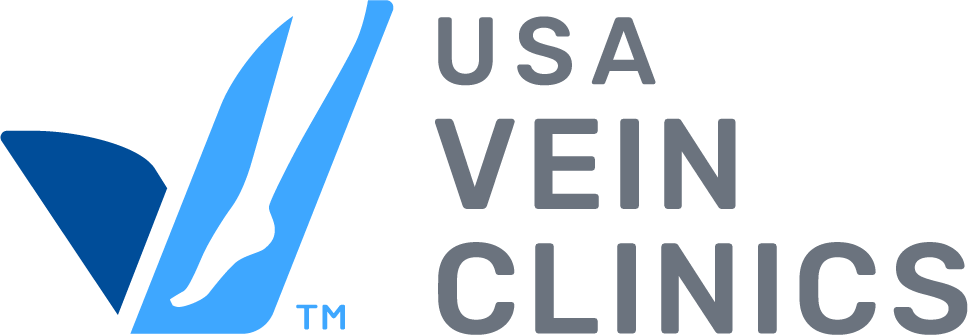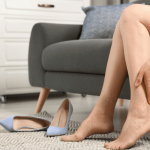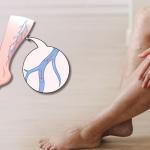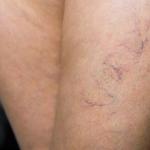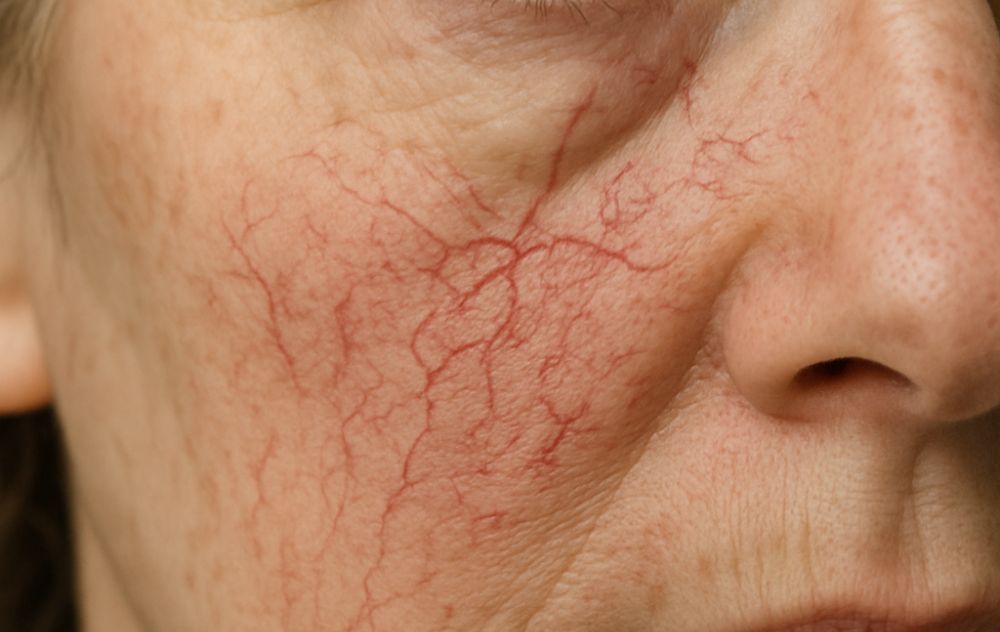
Noticing tiny red, blue, or purple veins just beneath the surface of your facial skin? These small, web-like clusters are called spider veins, and while they’re usually harmless, they can be frustrating or affect your self-confidence. Understanding why spider veins appear on the face—and what you can do about them—is the first step to finding relief.
What Are Facial Spider Veins?
Spider veins (medically known as telangiectasia) are dilated or broken capillaries close to the surface of the skin. On the face, they’re most commonly found around the nose, cheeks, and chin. These veins become visible when blood pools inside them due to weakened vessel walls or increased pressure.
Why am I Getting Spider Veins on My Face
Several factors contribute to the development of spider veins on the face:
1. Sun Exposure
UV radiation breaks down collagen and damages blood vessels over time, making facial veins more visible. People with fair or sensitive skin are especially at risk.
2. Genetics
If your parents or siblings have spider veins, you’re more likely to develop them too. Genetics plays a significant role in vein structure and skin sensitivity.
3. Aging
As we age, our skin and veins lose elasticity. This makes it easier for capillaries to become dilated or damaged, especially in delicate areas like the face.
4. Hormonal Changes
Pregnancy, menopause, or birth control can cause hormonal shifts that increase the likelihood of spider veins forming.
5. Rosacea
This common skin condition causes chronic inflammation and facial redness, often accompanied by broken blood vessels and spider veins.
6. Alcohol Consumption
Frequent drinking can dilate blood vessels temporarily. Over time, repeated dilation can cause veins to become permanently enlarged.
7. Environmental Factors
Extreme heat, cold, or wind can trigger facial flushing and vascular changes that lead to spider veins—especially if you’re frequently exposed due to work or hobbies.
Are Spider Veins on the Face a Health Concern?
Spider veins on the face are usually cosmetic—they’re not dangerous or painful. However, in rare cases, they may signal an underlying condition such as rosacea or liver disease. If you notice a sudden appearance or spreading of veins, it’s worth discussing with a healthcare provider.
Treatment Options for Facial Spider Veins
Thankfully, you don’t have to live with visible facial veins. Several non-surgical treatments can reduce or eliminate spider veins:
-
Laser Therapy – Uses light energy to target and shrink veins.
-
IPL (Intense Pulsed Light) – Helps fade veins and improve overall skin tone.
-
Electrosurgery or Radiofrequency – Destroys tiny vessels with heat.
-
Topical Treatments – May reduce inflammation and improve appearance, though results vary.
Always consult with a vein or skincare specialist to choose the best treatment for your skin type and condition.
Prevention Tips
While not all spider veins are preventable, these tips can help reduce your risk:
-
Wear sunscreen daily
-
Limit alcohol intake
-
Avoid extreme temperatures
-
Use gentle skincare products
-
Treat underlying conditions like rosacea early
Are Spider Veins on the Face Connected to Leg Veins?
While facial spider veins are typically cosmetic, it’s important not to overlook the possibility of underlying vein issues—especially if you also have visible veins on your legs. At our clinic, we specialize in treating spider veins and varicose veins in the lower extremities, using advanced, non-surgical procedures.
If you’re concerned about facial veins, we can also screen your legs to rule out deeper vein disease like chronic venous insufficiency (CVI). Early detection is key to preventing more serious vein problems.
How We Treat Spider Veins in the Legs:
-
Sclerotherapy: A quick in-office procedure that involves injecting a solution into the vein to collapse and fade it.
-
Laser Treatments: Ideal for smaller spider veins, using light energy to close off affected vessels.
-
Vein Mapping & Ultrasound Screenings: We use diagnostic imaging to check for underlying vein disease that may not be visible on the surface.
By addressing both facial and leg veins, we take a comprehensive approach to vein health—because sometimes what’s happening on the surface is only part of the story.
Final Thoughts
Facial spider veins may be common, but that doesn’t mean you have to live with them. Whether you’re seeking a solution for cosmetic reasons or want to understand why they’re showing up, speaking with a vein specialist can help you regain confidence in your skin.
